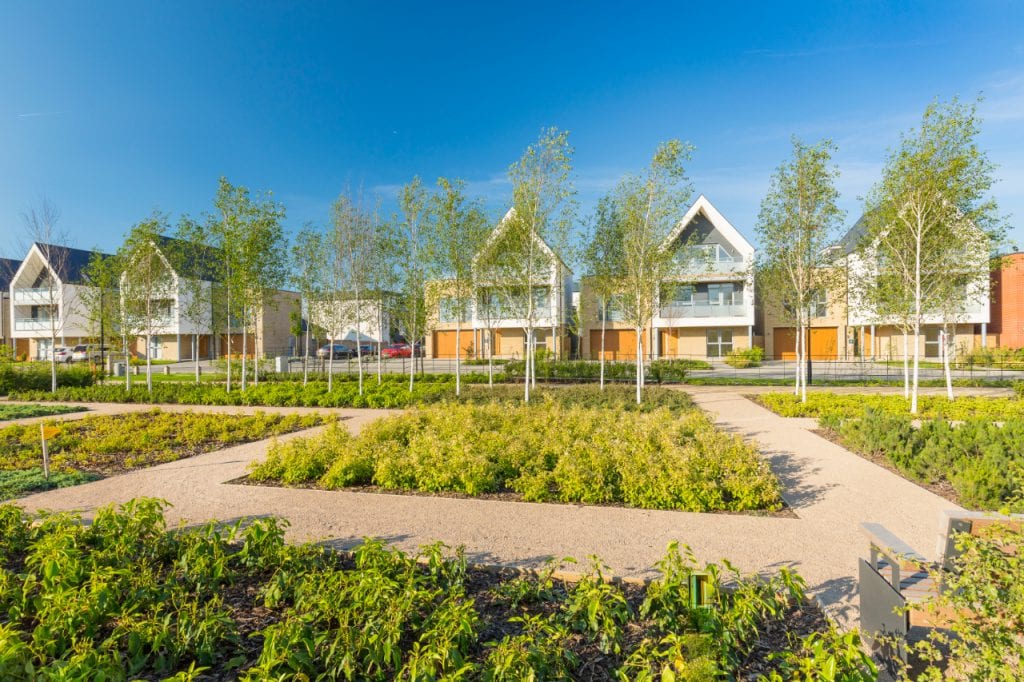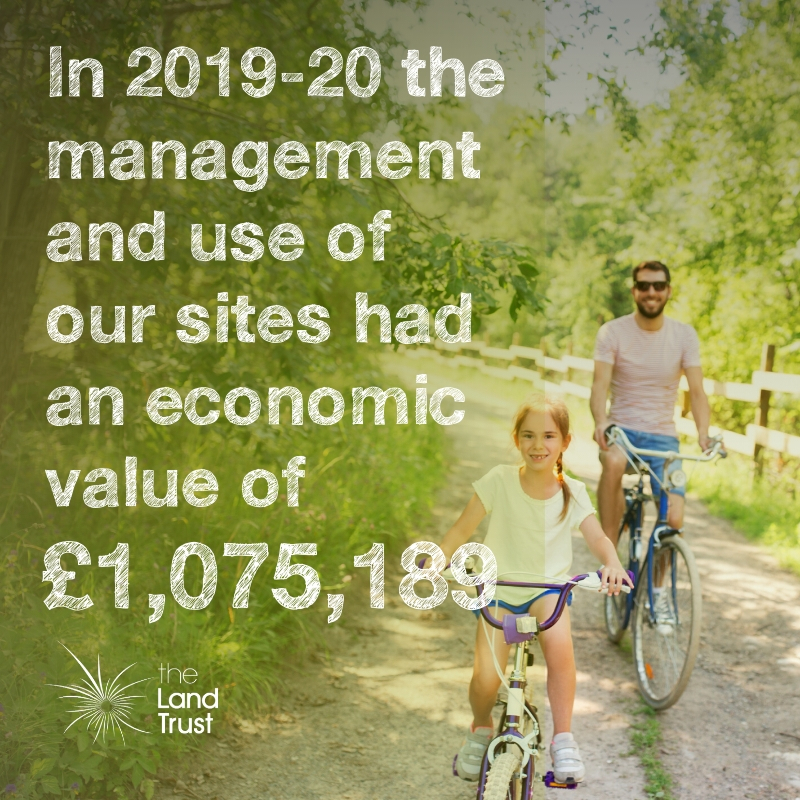13th May 2021
The public sector will need to play an increasingly important role if the aspiration to deliver 300,000 new homes per annum is to be achieved, and not just through proper resourcing of the planning system. It also needs to be part of the solution to the housing crisis as a landowner, delivering development sites to the market; as joint venture partners for developments; and also significantly through Homes England’s enabling role.
For those involved in bringing forward sites where there is a public land interest, the proposals in the Queens Speech to introduce a new Procurement Bill will be of interest. The intention is to replace old EU rules, simplify procurement, and to require all public sector buyers to consider ‘social value’ when picking suppliers.
This follows on from the December 2020 Green Paper on transforming public procurement, which sent a clear message that public sector commercial teams can and should take a broad view of value for money that includes social value. This includes award criteria for evaluating final bids and scoring their quality, to encourage ways of working and operational delivery that achieve social value objectives.
The legality of when the current rules apply can be a bit blurry at times, and do not always apply to straight land disposals, but the importance of social value is on an upward trend and culturally will be embedded in public sector procurement policies. Surely then it will play a part when assessing bids for the development of public land? Developers will need to have positive answers to how a development will deliver added social value if they are to be successful.

Quantifying social and economic value
Most conventional methods of measuring social and economic value apply a monetary value to other spin off benefits, but tend to relate predominantly to the build stage of a development, or the value created from the buildings themselves (e.g. 1 house = x construction jobs, etc). This approach often overlooks the huge added value potential that can be created by the aftercare, or placekeeping.
The benefits of well managed greenspace
Benefits of well managed greenspace for communities include:
Importantly, these are annual benefits for as long as the green space is managed in this way.

The Land Trust approach
Delivering social value is a golden thread which runs through everything the Land Trust does.
The Land Trust has developed its own social value model, which it applies to its existing sites and new opportunities. The model assesses the benefits of green space with regard to five main categories, with values presented on each:
The Land Trust’s approach delivers million of pounds of social value though the management of its sites every single year.

Key messages
Please feel free to contact us if you would like to discuss the opportunities to deliver added social and economic value on your planned green spaces.
_____________________________________________________
Trevor Adey
13 May 2021

If you have any questions or queries about what we do or how to go about working with us we'd love to hear from.
Contact usWe are always on the look out for enthusiastic, committed people who want to make a real and lasting difference in their local community.
Get Involved